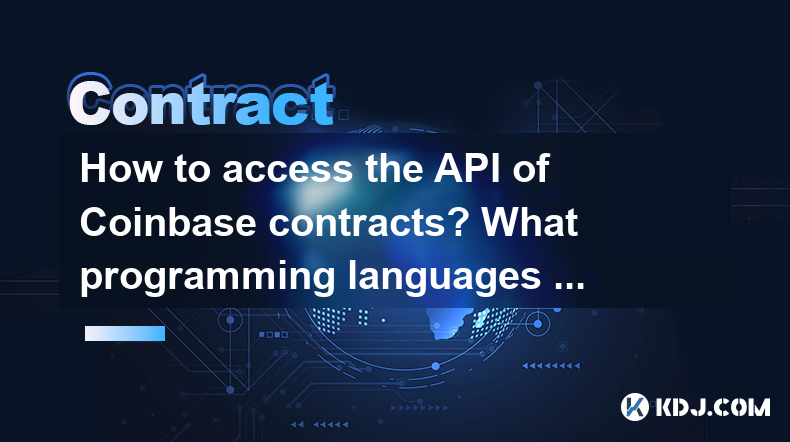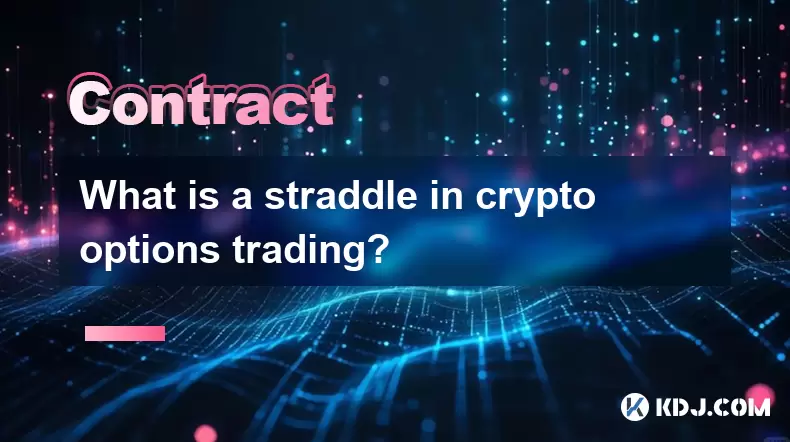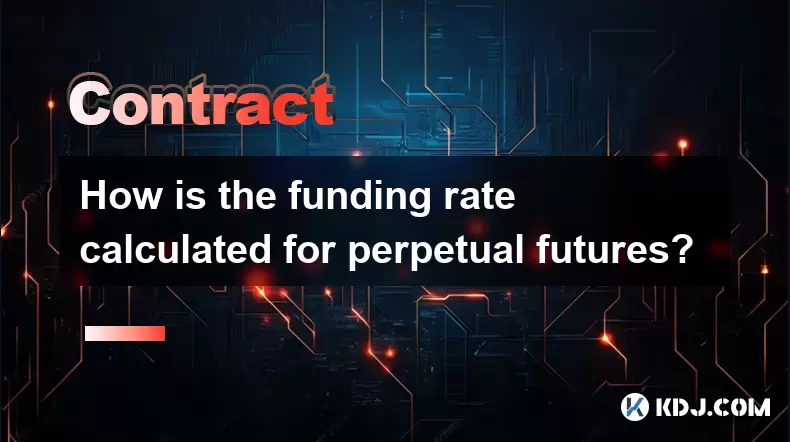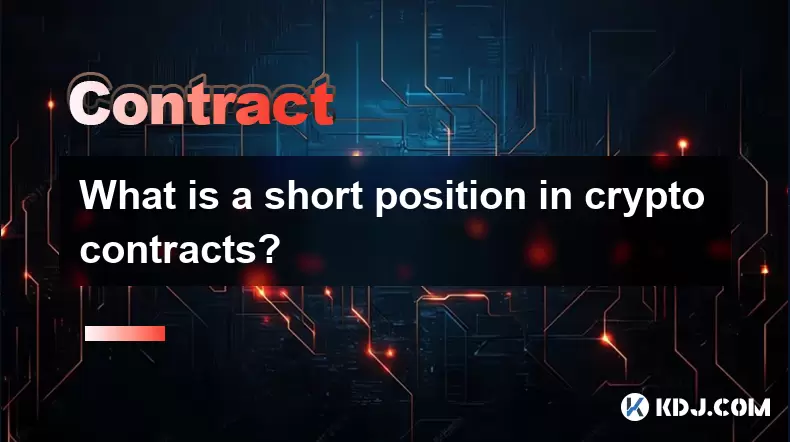-
 Bitcoin
Bitcoin $116500
0.84% -
 Ethereum
Ethereum $3829
4.17% -
 XRP
XRP $3.048
1.61% -
 Tether USDt
Tether USDt $1.000
0.02% -
 BNB
BNB $775.2
0.54% -
 Solana
Solana $169.3
0.44% -
 USDC
USDC $0.0000
0.02% -
 TRON
TRON $0.3412
1.98% -
 Dogecoin
Dogecoin $0.2130
3.62% -
 Cardano
Cardano $0.7539
1.53% -
 Hyperliquid
Hyperliquid $39.16
0.66% -
 Sui
Sui $3.673
5.28% -
 Stellar
Stellar $0.4074
1.72% -
 Chainlink
Chainlink $17.95
7.06% -
 Bitcoin Cash
Bitcoin Cash $576.8
1.16% -
 Hedera
Hedera $0.2506
0.97% -
 Ethena USDe
Ethena USDe $1.001
0.00% -
 Avalanche
Avalanche $22.52
1.46% -
 Litecoin
Litecoin $121.4
2.31% -
 UNUS SED LEO
UNUS SED LEO $8.957
-0.39% -
 Toncoin
Toncoin $3.305
3.22% -
 Shiba Inu
Shiba Inu $0.00001252
1.30% -
 Uniswap
Uniswap $10.06
3.69% -
 Polkadot
Polkadot $3.736
1.76% -
 Dai
Dai $1.000
-0.01% -
 Bitget Token
Bitget Token $4.418
1.82% -
 Monero
Monero $261.2
-7.81% -
 Cronos
Cronos $0.1477
2.56% -
 Pepe
Pepe $0.00001076
2.29% -
 Aave
Aave $273.3
4.22%
How to access the API of Coinbase contracts? What programming languages and functions are supported?
To access Coinbase's robust API, register for a key, use supported languages like Python or JavaScript, and leverage functions for trading, account management, and data retrieval.
May 05, 2025 at 05:00 pm

Coinbase, one of the leading cryptocurrency exchanges, offers a robust API that allows developers to interact with its platform programmatically. Accessing the Coinbase API involves several steps and understanding the supported programming languages and functions is crucial for effective integration. This article will guide you through the process of accessing the Coinbase API, the programming languages it supports, and the various functions available.
Understanding the Coinbase API
The Coinbase API is a set of protocols and tools that allow developers to build applications that interact with the Coinbase platform. It provides access to various functionalities such as trading, account management, and data retrieval. The API is designed to be secure and efficient, ensuring that developers can build reliable applications.
Registering for a Coinbase API Key
To access the Coinbase API, you need to register for an API key. Here are the steps to obtain one:
- Visit the Coinbase Developer Portal: Navigate to the Coinbase developer website and sign in with your Coinbase account.
- Create a New API Key: Go to the API section and click on "Create an API Key." You will be prompted to name your key and select the permissions you want to grant.
- Secure Your API Key: After generating the key, you will receive an API key and a secret key. It is crucial to keep these keys secure and not share them with anyone.
Supported Programming Languages
Coinbase supports several programming languages to ensure flexibility for developers. The primary languages supported include:
- Python: Python is widely used due to its simplicity and extensive libraries. Coinbase provides a Python SDK that simplifies the integration process.
- JavaScript: JavaScript is popular for web development, and Coinbase offers a JavaScript SDK for developers working on web applications.
- Java: Java is supported for developers working on enterprise-level applications. Coinbase provides a Java SDK to facilitate integration.
- Ruby: Ruby developers can use the Coinbase Ruby SDK to interact with the API.
- PHP: PHP is supported for developers working on server-side scripting. Coinbase offers a PHP SDK for integration.
Key Functions of the Coinbase API
The Coinbase API offers a wide range of functions that cater to different needs. Some of the key functions include:
- Account Management: Functions such as
getAccounts,getAccount, andcreateAccountallow developers to manage user accounts programmatically. - Trading: Functions like
placeOrder,cancelOrder, andgetOrdersenable developers to execute trades and manage orders. - Data Retrieval: Functions such as
getSpotPrice,getBuyPrice, andgetSellPriceprovide access to real-time market data. - Payment Processing: Functions like
createChargeandcreateCheckoutallow developers to integrate payment processing into their applications.
Using the Coinbase API with Python
To illustrate how to use the Coinbase API, let's walk through a simple example using Python. Here are the steps to set up and use the Coinbase API with Python:
- Install the Coinbase Python SDK: Use pip to install the Coinbase Python SDK by running the command
pip install coinbase. - Import the SDK: In your Python script, import the necessary modules with
from coinbase.wallet.client import Client. - Initialize the Client: Create a client instance using your API key and secret key with
client = Client('YOUR_API_KEY', 'YOUR_API_SECRET'). - Use API Functions: You can now use various functions provided by the SDK. For example, to get the current spot price of Bitcoin, use
spot_price = client.get_spot_price(currency_pair='BTC-USD').
Using the Coinbase API with JavaScript
For developers working with JavaScript, here is how to set up and use the Coinbase API:
- Install the Coinbase JavaScript SDK: Use npm to install the Coinbase JavaScript SDK by running the command
npm install coinbase. - Import the SDK: In your JavaScript file, import the necessary modules with
const Client = require('coinbase').Client;. - Initialize the Client: Create a client instance using your API key and secret key with
const client = new Client({'apiKey': 'YOUR_API_KEY', 'apiSecret': 'YOUR_API_SECRET'});. - Use API Functions: You can now use various functions provided by the SDK. For example, to get the current spot price of Bitcoin, use
client.getSpotPrice({'currencyPair': 'BTC-USD'}, (err, price) => { console.log(price); });.
Security Considerations
When using the Coinbase API, it is essential to consider security. Here are some best practices:
- Use HTTPS: Always use HTTPS to encrypt data transmitted between your application and the Coinbase API.
- Secure Your API Keys: Never expose your API keys in your code or share them with anyone. Use environment variables or secure storage solutions.
- Implement Rate Limiting: Coinbase has rate limits on API requests. Implement rate limiting in your application to avoid hitting these limits.
- Use OAuth: For applications that require user authentication, use OAuth to securely access user data.
Frequently Asked Questions
Q: Can I use the Coinbase API for commercial purposes?
A: Yes, the Coinbase API can be used for commercial purposes. However, you must comply with Coinbase's terms of service and ensure that your application adheres to their guidelines.
Q: Are there any costs associated with using the Coinbase API?
A: While the Coinbase API itself is free to use, there may be costs associated with the transactions and operations you perform through the API. Always review Coinbase's fee structure to understand any potential costs.
Q: How can I handle errors when using the Coinbase API?
A: The Coinbase API returns error responses with specific error codes and messages. You should implement error handling in your application to manage these errors gracefully. For example, in Python, you can use try-except blocks to catch and handle exceptions.
Q: Is there a limit to the number of API requests I can make?
A: Yes, Coinbase imposes rate limits on API requests to prevent abuse. The limits vary depending on the type of request and your account type. You can find detailed information on rate limits in the Coinbase API documentation.
Disclaimer:info@kdj.com
The information provided is not trading advice. kdj.com does not assume any responsibility for any investments made based on the information provided in this article. Cryptocurrencies are highly volatile and it is highly recommended that you invest with caution after thorough research!
If you believe that the content used on this website infringes your copyright, please contact us immediately (info@kdj.com) and we will delete it promptly.
- Crypto Phishing Alert: $3 Million USDT Loss Highlights DeFi Risks
- 2025-08-08 01:10:12
- Crypto Presale Mania: Is Punisher Coin the High ROI King?
- 2025-08-08 01:10:12
- Online Betting, Platforms & Crypto Access: What's Hot in 2025
- 2025-08-08 00:50:12
- Bitcoin Mining, Natural Gas & Union Jack Oil: A New Dawn for Onshore UK Energy?
- 2025-08-08 00:55:12
- Bitcoin's Wild Ride: Bollinger Bands, $117K, and What's Next?
- 2025-08-08 00:30:12
- Ripple, Rail, and Stablecoin Payments: A $200M Power Play
- 2025-08-07 22:50:12
Related knowledge

What triggers a liquidation event on a Coinbase futures position?
Aug 08,2025 at 01:15am
Understanding Futures Contracts on CoinbaseFutures contracts on Coinbase allow traders to speculate on the future price of a cryptocurrency, such as B...

What is a straddle in crypto options trading?
Aug 07,2025 at 11:15pm
Understanding the Basics of a Straddle in Crypto OptionsA straddle is an options trading strategy used when a trader expects significant price movemen...

How is the funding rate calculated for perpetual futures?
Aug 07,2025 at 11:36pm
Understanding the Basics of Perpetual FuturesPerpetual futures are a type of derivative contract that does not have an expiration date, allowing trade...

What programming languages are used for smart contracts?
Aug 07,2025 at 06:07pm
Understanding Smart Contracts and Their Execution EnvironmentSmart contracts are self-executing programs deployed on blockchain networks that automati...

What is a short position in crypto contracts?
Aug 07,2025 at 11:42pm
Understanding the Concept of a Short Position in Crypto ContractsA short position in crypto contracts refers to a trading strategy where a trader prof...

What is a long position in crypto contracts?
Aug 07,2025 at 06:29pm
Understanding the Concept of a Long Position in Crypto ContractsA long position in crypto contracts refers to a trading strategy where a trader buys a...

What triggers a liquidation event on a Coinbase futures position?
Aug 08,2025 at 01:15am
Understanding Futures Contracts on CoinbaseFutures contracts on Coinbase allow traders to speculate on the future price of a cryptocurrency, such as B...

What is a straddle in crypto options trading?
Aug 07,2025 at 11:15pm
Understanding the Basics of a Straddle in Crypto OptionsA straddle is an options trading strategy used when a trader expects significant price movemen...

How is the funding rate calculated for perpetual futures?
Aug 07,2025 at 11:36pm
Understanding the Basics of Perpetual FuturesPerpetual futures are a type of derivative contract that does not have an expiration date, allowing trade...

What programming languages are used for smart contracts?
Aug 07,2025 at 06:07pm
Understanding Smart Contracts and Their Execution EnvironmentSmart contracts are self-executing programs deployed on blockchain networks that automati...

What is a short position in crypto contracts?
Aug 07,2025 at 11:42pm
Understanding the Concept of a Short Position in Crypto ContractsA short position in crypto contracts refers to a trading strategy where a trader prof...

What is a long position in crypto contracts?
Aug 07,2025 at 06:29pm
Understanding the Concept of a Long Position in Crypto ContractsA long position in crypto contracts refers to a trading strategy where a trader buys a...
See all articles

























































































